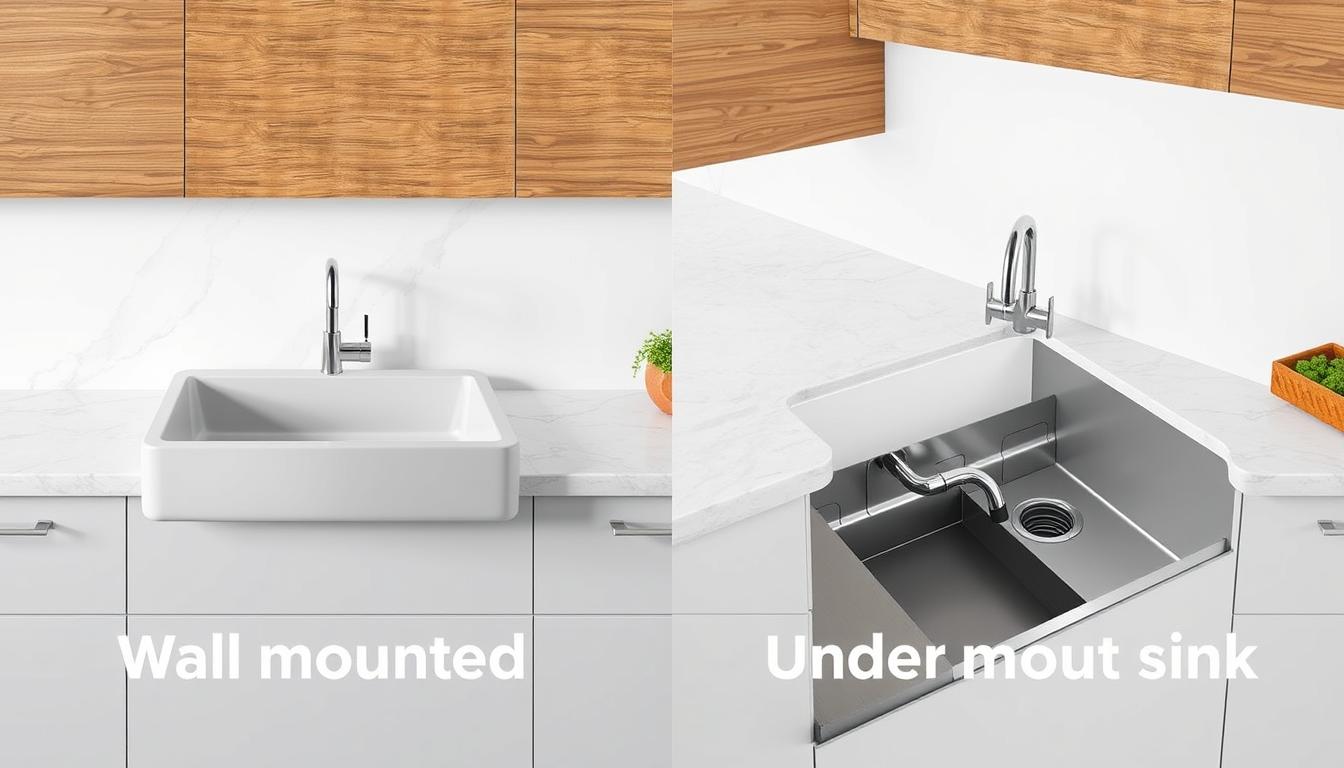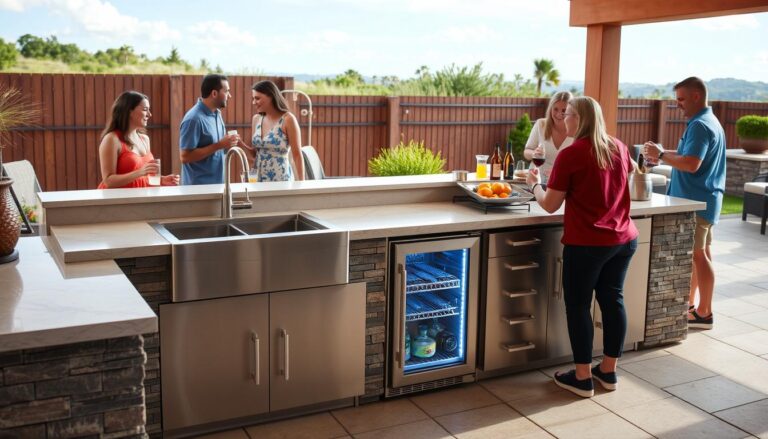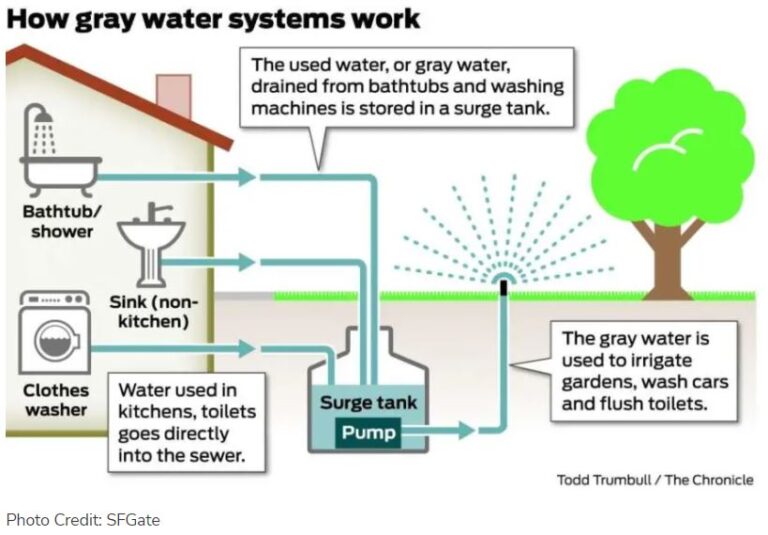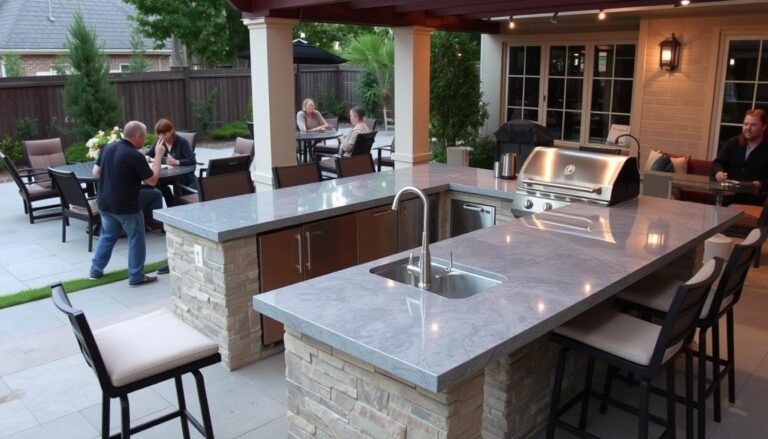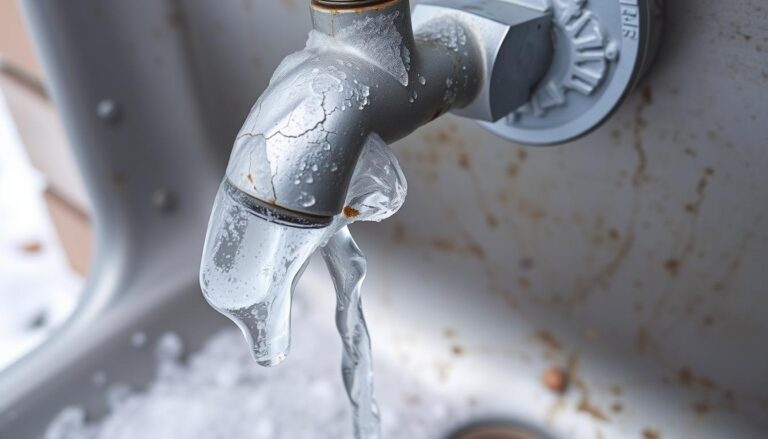Wall-Mounted vs Under-Mount Outdoor Sink-7 Pros and Cons Compared
Understanding the Structural Differences
Before diving into the pros and cons, it’s important to understand what makes wall-mounted and under-mount sinks fundamentally different in their design and installation approach.
Wall-Mounted Sinks
Wall-mounted sinks, as the name suggests, are attached directly to the wall without a cabinet or countertop support. These sinks are secured to the wall using heavy-duty brackets or mounting plates that connect to wall studs. The plumbing fixtures are typically exposed beneath the sink, creating a distinctive floating appearance.
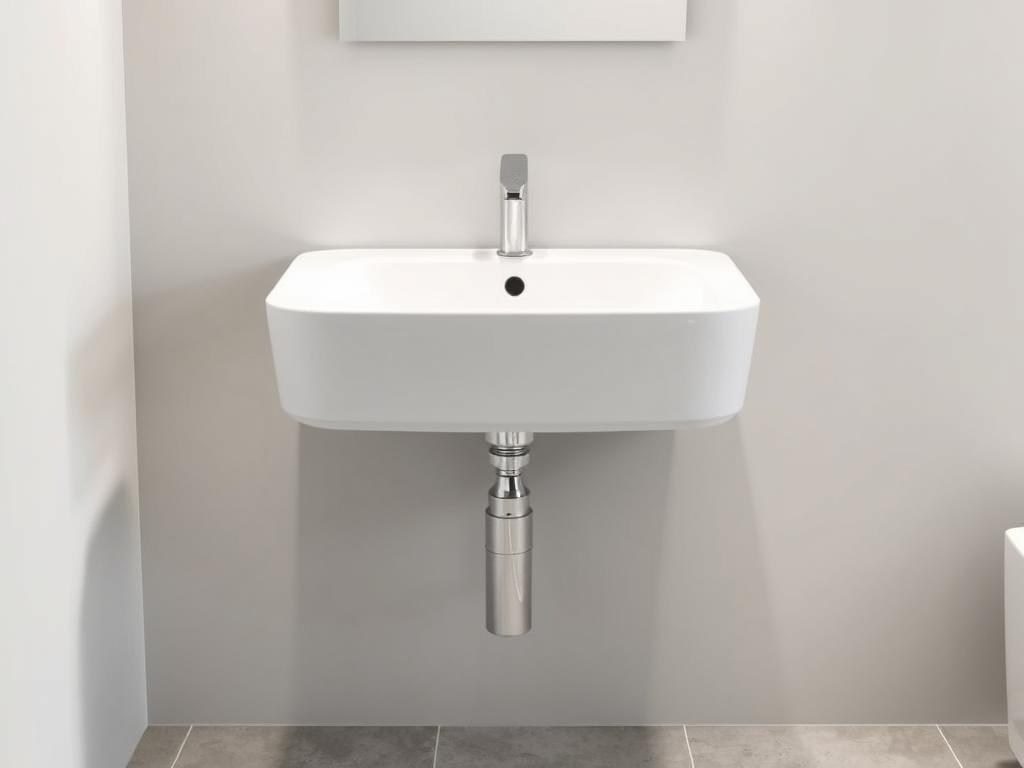
The defining characteristic of wall-mounted sinks is the open space underneath, which creates a sense of openness and accessibility. This design eliminates the need for a vanity cabinet, making it a popular choice for minimalist and space-conscious designs.
Under-Mount Sinks
Under-mount sinks are installed beneath the countertop, creating a seamless transition from counter to sink. The sink rim is attached to the underside of the countertop using special mounting clips and adhesive. This installation method creates a clean, uninterrupted countertop surface.

Unlike drop-in sinks that have a visible lip resting on the countertop, under-mount sinks create a continuous flow from the counter to the sink basin. This design feature makes cleaning easier as crumbs and debris can be swept directly into the sink without catching on the edges.
Side-by-Side Comparison: Wall-Mounted vs Under-Mount Sink
To help you quickly evaluate which sink type might be best for your needs, we’ve created this comprehensive comparison table highlighting the key differences between wall-mounted and under-mount sinks.
| Feature | Wall-Mounted Sink | Under-Mount Sink |
| Installation Complexity | High – Requires wall reinforcement and plumbing adjustments | Medium – Requires professional countertop cutting and secure mounting |
| Space Efficiency | Excellent – Creates open floor space beneath | Good – Maximizes counter space with seamless design |
| Cleaning Difficulty | Medium – Exposed plumbing requires regular dusting | Low – No lip or edge to trap debris |
| Price Range | $200-$1,000+ (plus installation) | $150-$2,000+ (plus installation) |
| Style Compatibility | Modern, industrial, minimalist | Contemporary, traditional, transitional |
| Countertop Compatibility | No countertop required | Solid surface, stone, quartz (not laminate) |
| Weight Support | Limited by wall strength and mounting hardware | Excellent – Supported by cabinet structure |
Pros and Cons Analysis
Each sink type offers distinct advantages and disadvantages that should be carefully considered before making your final decision.
Wall-Mounted Sink Benefits and Drawbacks
Advantages
- Creates a sense of spaciousness by freeing up floor area
- Ideal for small bathrooms and powder rooms
- Offers a modern, minimalist aesthetic
- Makes floor cleaning easier with no cabinet base
- Adjustable height installation for custom comfort
Disadvantages
- Limited storage space without a vanity cabinet
- Exposed plumbing may require decorative covers
- Installation is more complex and typically costlier
- May require wall reinforcement for proper support
- Weight capacity limitations compared to cabinet-supported sinks
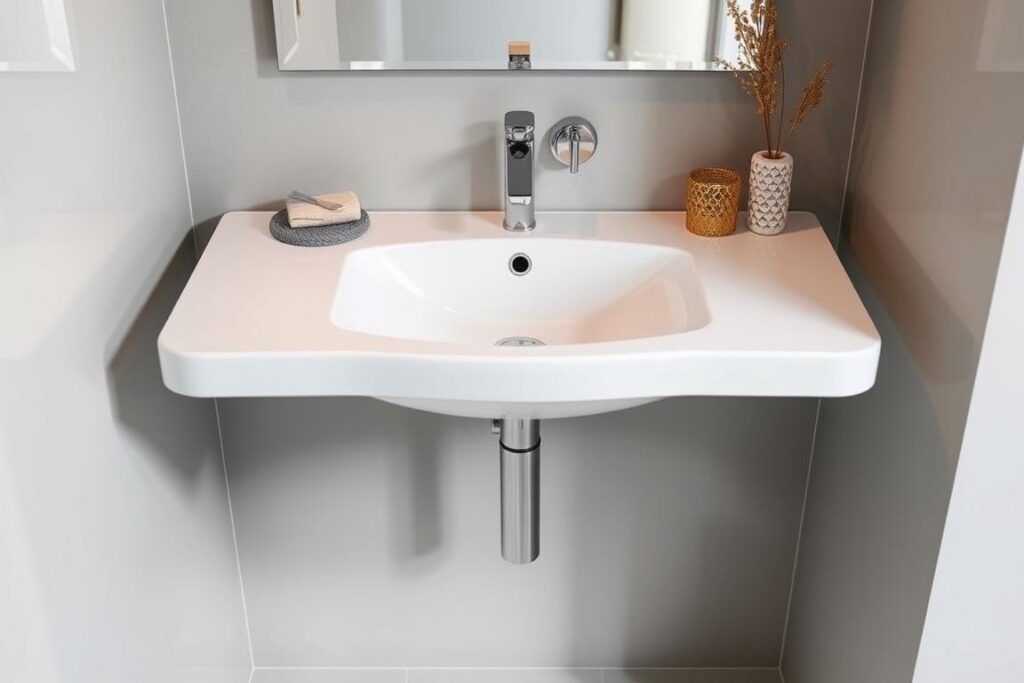
Under-Mount Sink Benefits and Drawbacks
Advantages
- Creates a seamless, clean countertop appearance
- Makes countertop cleaning easier with no lip to catch debris
- Provides a sophisticated, high-end look
- Maximizes usable counter space
- Works well with a variety of countertop materials
Disadvantages
- Not compatible with laminate or wooden countertops
- Professional installation is typically required
- More difficult to replace without countertop modification
- Potential for moisture issues if not properly sealed
- Generally more expensive than drop-in alternatives
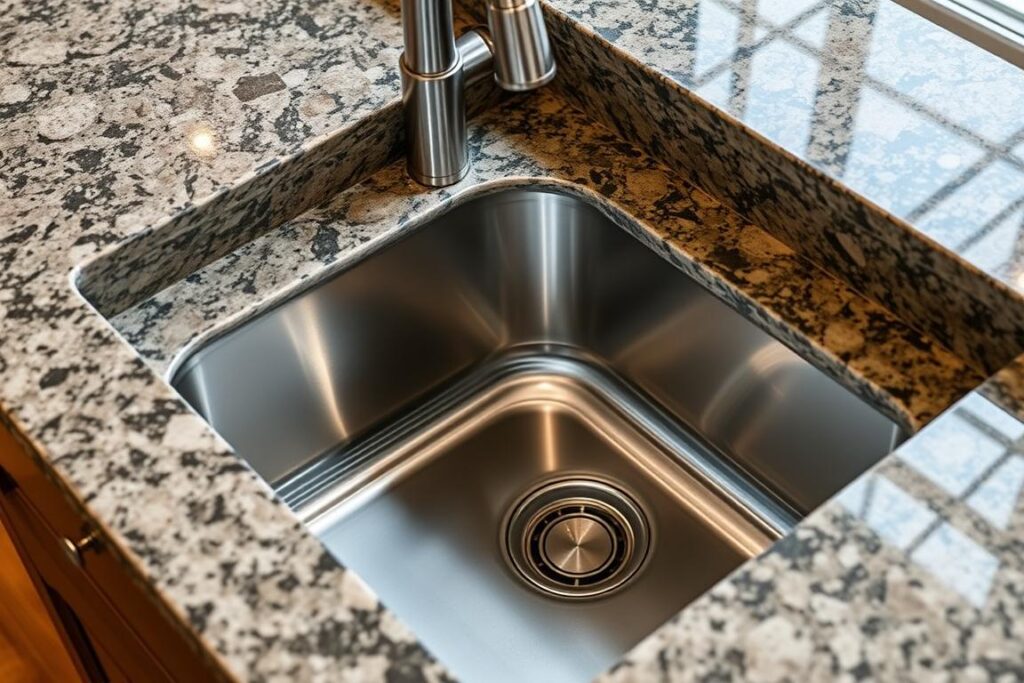
5 Key Factors for Choosing Between Wall-Mounted and Under-Mount Sinks
When deciding between a wall-mounted vs an under-mount sink, consider these five critical factors to ensure you select the option that best aligns with your specific needs and kitchen design.
1. Available Space
- Wall-mounted sinks excel in small spaces where floor area is limited
- Under-mount sinks maximize counter space with no visible rim
- Consider the visual impact: wall-mounted creates openness while under-mount creates continuity
- Measure your space carefully, accounting for clearance needs
2. Countertop Material
- Under-mount sinks require solid, non-porous countertop materials
- Compatible materials include granite, marble, quartz, and solid surface
- Wall-mounted sinks eliminate countertop material concerns entirely
- Laminate countertops are not suitable for under-mount installation
3. Budget Considerations
- Factor in both product and installation costs
- Wall-mounted sinks often have higher installation expenses
- Under-mount sinks may require premium countertop materials
- Consider long-term value and potential impact on home resale
4. Cleaning & Maintenance
- Under-mount sinks allow for easy counter wiping with no lip
- Wall-mounted sinks require regular cleaning around exposed plumbing
- Consider sealing requirements for under-mount installations
- Evaluate your cleaning preferences and household habits
5. Design Aesthetic
- Wall-mounted sinks create a contemporary, minimalist look
- Under-mount sinks offer a sleek, integrated appearance
- Consider how each style complements your overall kitchen design
- Think about long-term design trends and timeless appeal
Bonus: Accessibility Needs
- Wall-mounted sinks can be installed at custom heights
- Under-mount sinks typically have a fixed height based on the countertops
- Consider wheelchair accessibility requirements if applicable
- Evaluate ease of use for all household members

Practical Installation Tips for Both Sink Types
Proper installation is crucial for ensuring the longevity and functionality of your sink. While professional installation is recommended for both types, understanding the process can help you make informed decisions and communicate effectively with your contractor.
Wall-Mounted Sink Installation Tips
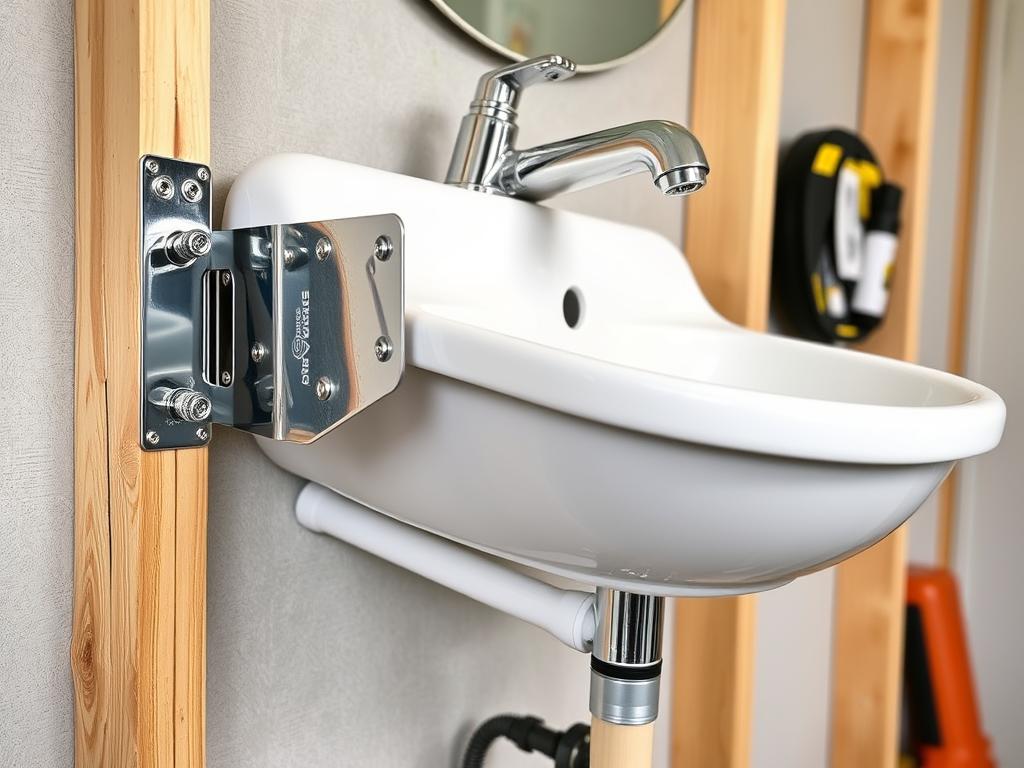
- Ensure proper wall reinforcement – Wall-mounted sinks require secure anchoring to wall studs or a reinforced backing board to support the weight of both the sink and water.
- Precise height positioning – Standard installation height is 30-34 inches from floor to sink rim, but consider the height of users for optimal comfort.
- Plan for exposed plumbing – Since pipes will be visible, consider decorative p-traps and supply lines or plan for a half-wall to conceal connections.
“When installing wall-mounted sinks, always verify the load capacity of your mounting hardware and ensure it exceeds the combined weight of the sink when filled with water plus any additional pressure from normal use.”
Under-Mount Sink Installation Tips
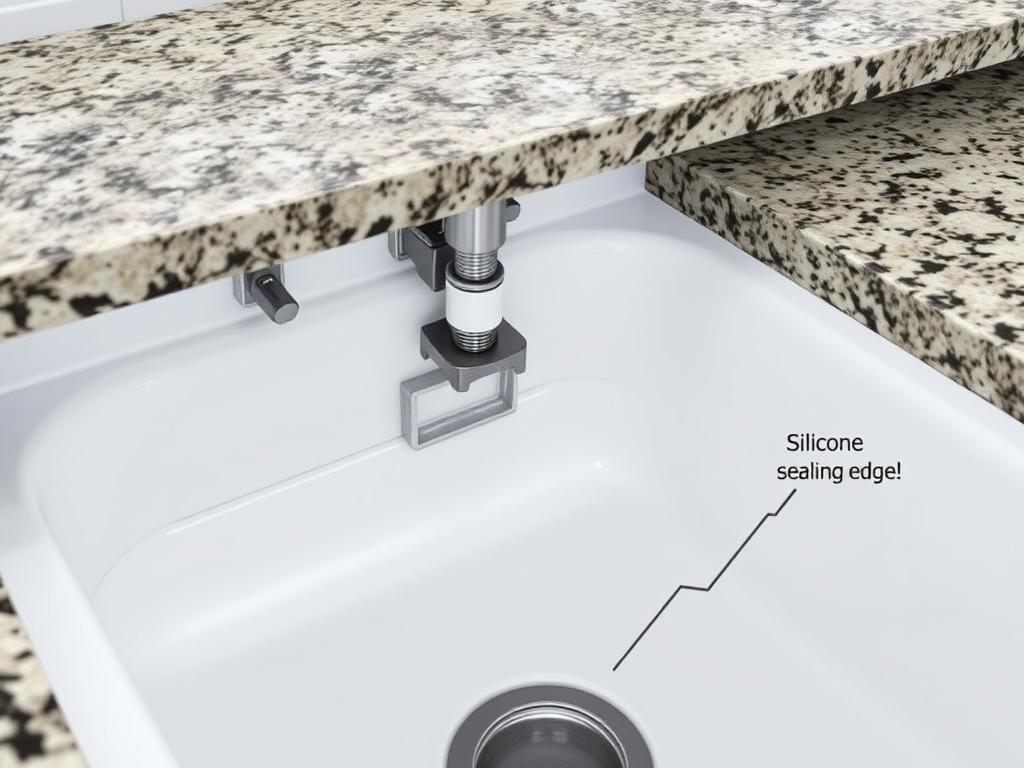
- Use proper mounting hardware – Quality stainless steel mounting clips designed specifically for under-mount sinks are essential for secure installation.
- Apply appropriate sealant – Use 100% silicone caulk designed for kitchen and bath applications to create a watertight seal between the sink and countertop.
- Consider reveal options – Decide between positive reveal (countertop edge stops short of sink edge), negative reveal (countertop extends slightly over sink edge), or zero reveal (perfectly aligned edges).
“The key to a successful under-mount installation is in the preparation. Ensure the countertop cutout is precise and the sink is properly centered before applying any adhesive or mounting hardware.”
Maintenance Requirements and Long-Term Care
Understanding the maintenance needs of each sink type will help you keep your installation looking great for years to come while preventing common issues that can lead to costly repairs.
Wall-Mounted Sink Maintenance
- Regular inspection of mounting hardware – Check brackets and wall connections periodically for signs of loosening or stress.
- Clean exposed plumbing components – Wipe down visible pipes and connections to prevent dust buildup and maintain appearance.
- Check drain connections – Due to the exposed nature of the plumbing, inspect for leaks or seepage regularly.
- Wall cleaning – Clean the wall area around and behind the sink to prevent water stains and mold growth.
- Weight considerations – Avoid placing excessive weight on the sink basin that could stress the wall mounts.
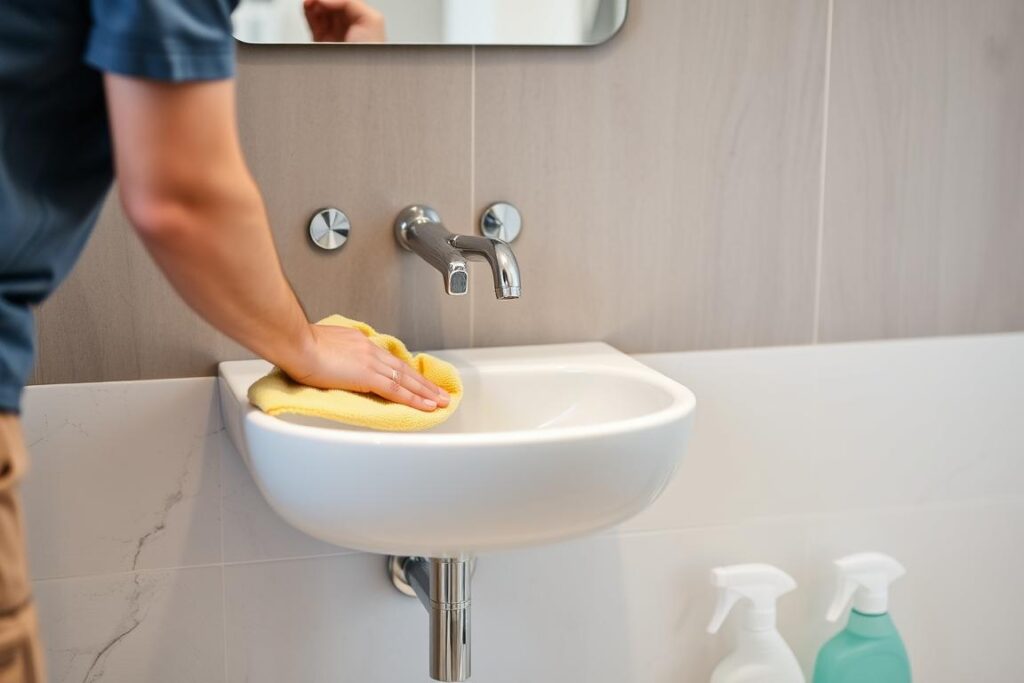
Under-Mount Sink Maintenance
- Seal inspection and maintenance – Check the silicone seal between sink and countertop annually for signs of deterioration or mold.
- Prevent standing water at the rim – Thoroughly dry the sink edge after use to prevent water from seeping into the seam.
- Support system check – Periodically inspect the mounting clips and supports from underneath to ensure they remain secure.
- Gentle cleaning methods – Use non-abrasive cleaners to prevent scratching the sink surface or damaging the seal.
- Avoid harsh chemicals – Certain chemicals can degrade the silicone seal over time, shortening the life of your installation.
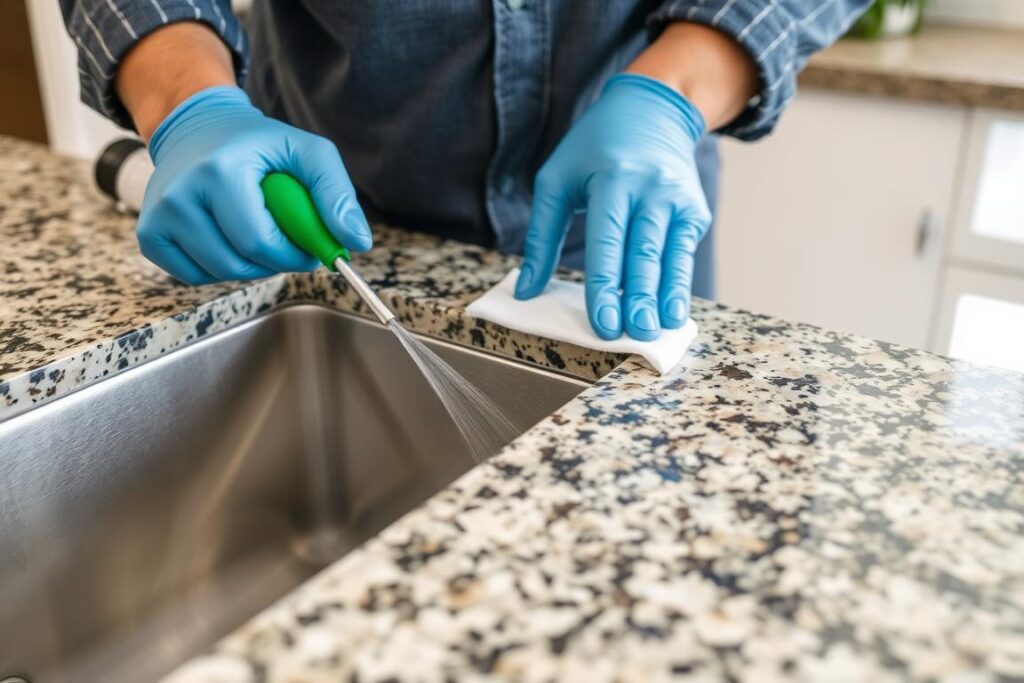
Maintenance Tip for Both Sink Types
Regardless of which sink type you choose, always address small issues promptly before they become major problems. Keep a maintenance schedule and inspect your sink installation at least twice a year for signs of wear, loose components, or seal deterioration.
Recommendations for Specific Scenarios
Different kitchen situations call for different sink solutions. Here are our expert recommendations for various common scenarios to help guide your decision.
Small Kitchens
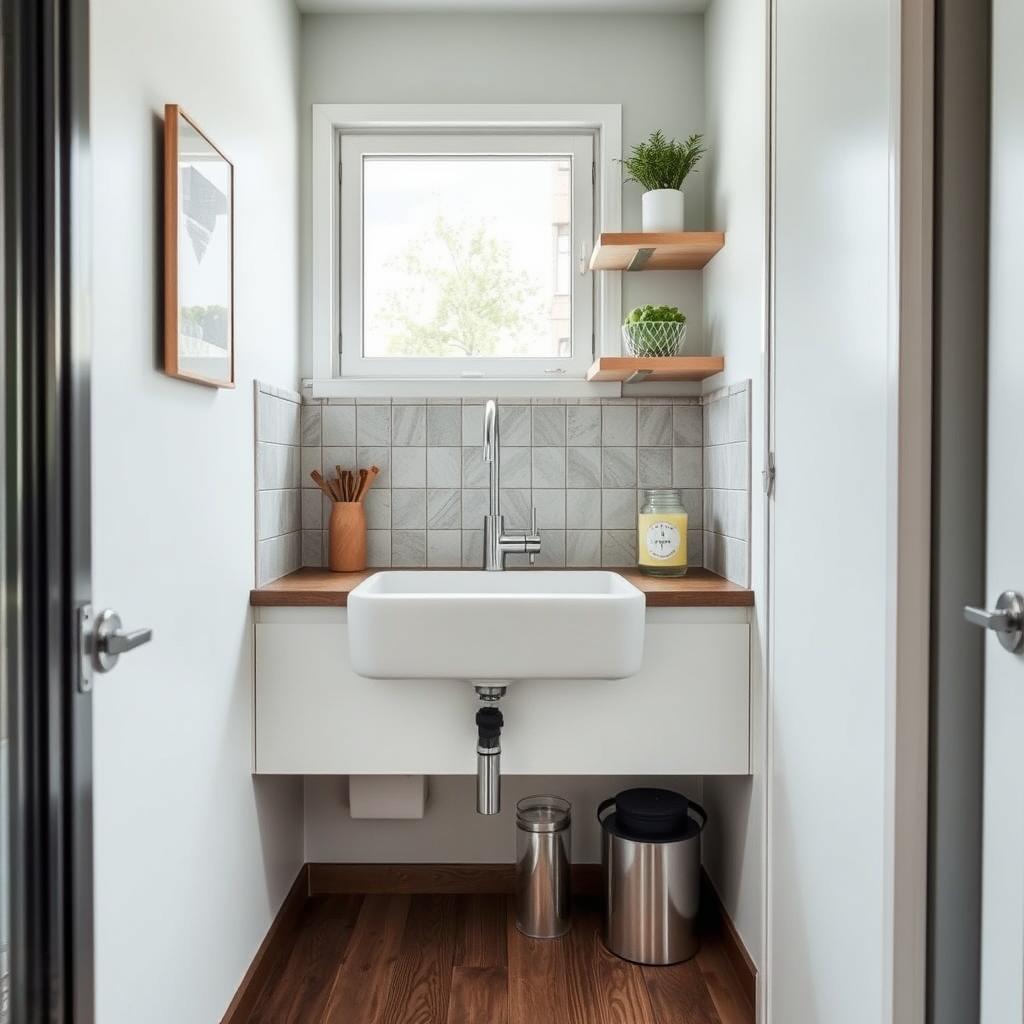
Recommendation: Wall-Mounted Sink
In compact kitchens where every square inch matters, wall-mounted sinks create a sense of openness and provide valuable floor space. The absence of a cabinet allows for more movement in tight quarters and creates a visually lighter appearance that can make the entire space feel larger.
Modern Designs
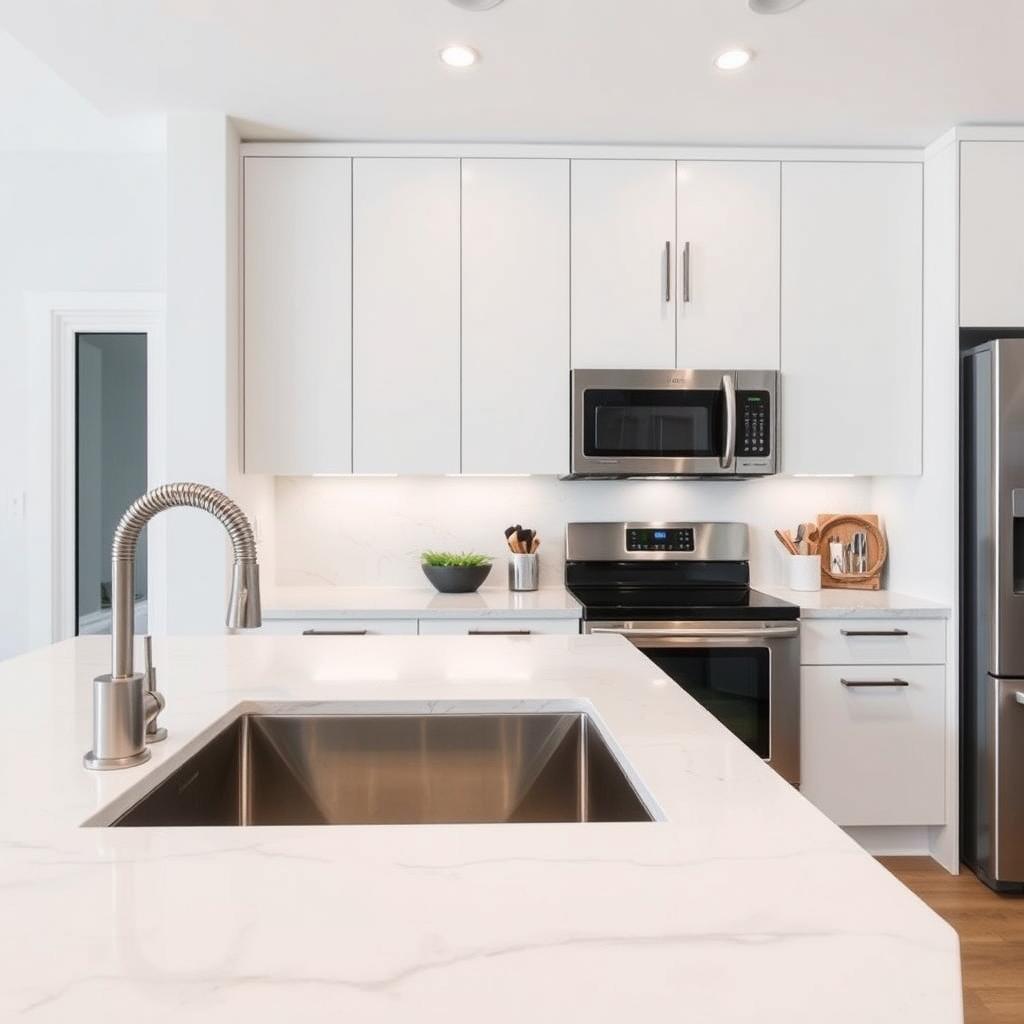
Recommendation: Under-Mount Sink
For modern kitchen designs that emphasize clean lines and seamless transitions, under-mount sinks offer the perfect complement. The continuous flow from countertop to sink creates an uninterrupted visual plane that enhances the contemporary aesthetic while providing practical benefits for food preparation and cleanup.
Heavy-Duty Use
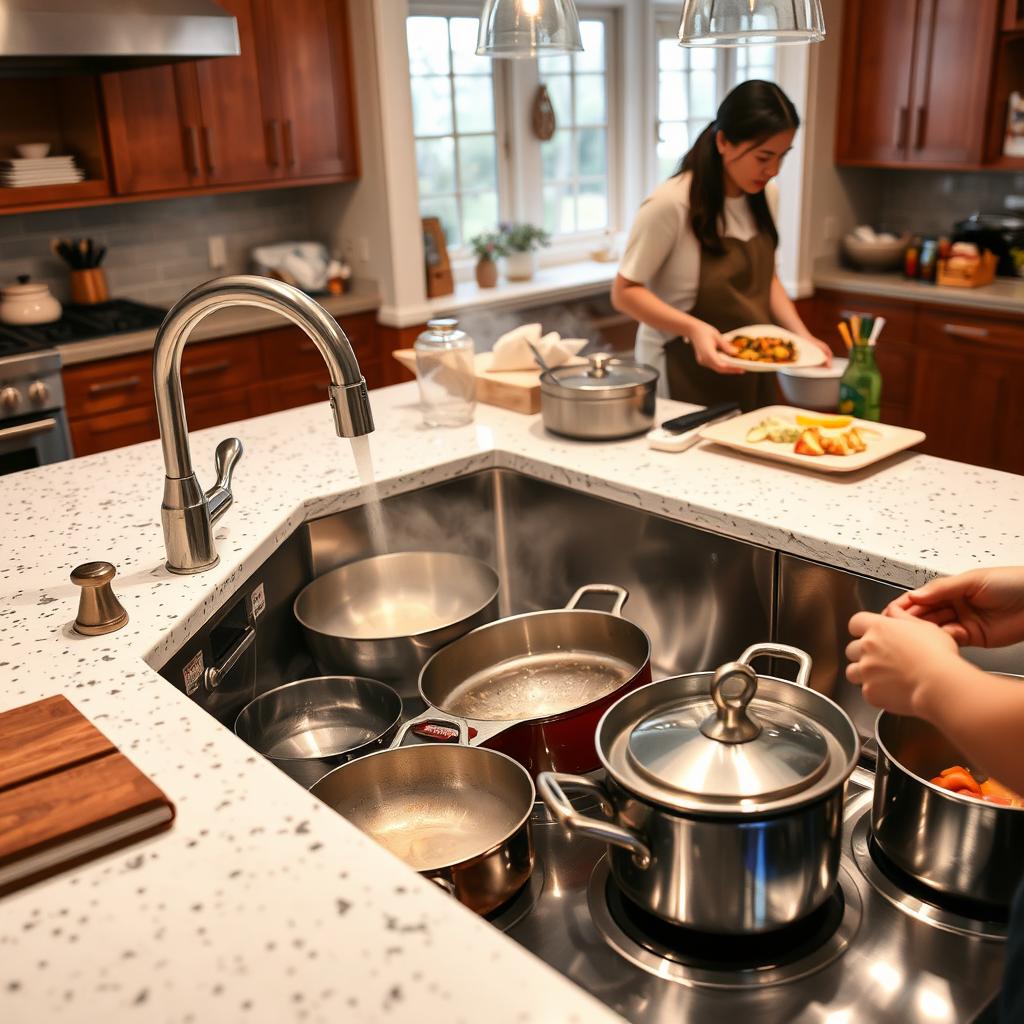
Recommendation: Under-Mount Sink
For households that frequently cook elaborate meals or wash large cookware, under-mount sinks provide superior durability and support. The cabinet-based installation offers better weight capacity for heavy pots and pans, while the seamless design prevents food particles from collecting in crevices, making cleanup more efficient.
What if I have a laminate countertop but want a sleek look?
If you have laminate countertops but desire the clean look of an under-mount sink, consider a flush-mount installation. This hybrid approach creates a similar visual effect while being compatible with laminate materials. Alternatively, a high-quality drop-in sink with a thin rim can provide a compromise between aesthetics and practicality.
Are wall-mounted sinks suitable for kitchen use?
While more common in bathrooms, wall-mounted sinks can work well in certain kitchen scenarios, particularly in compact spaces, utility areas, or minimalist designs. For kitchen applications, choose models specifically designed for kitchen use with appropriate depth and durability for food preparation and dishwashing tasks.
Conclusion: Making Your Final Decision
Choosing between a wall-mounted vs under-mount sink ultimately comes down to balancing your practical needs with your aesthetic preferences. Wall-mounted sinks offer space efficiency and a distinctive modern look but require proper wall support and typically provide less functionality for heavy kitchen use. Under-mount sinks create a seamless, easy-to-clean surface that integrates beautifully with stone countertops but require professional installation and aren’t compatible with all countertop materials.
Consider your kitchen’s size, your countertop material, your cleaning preferences, and your overall design vision when making your selection. Whichever option you choose, proper installation and regular maintenance will ensure your sink provides years of reliable service while enhancing the beauty of your kitchen space.

